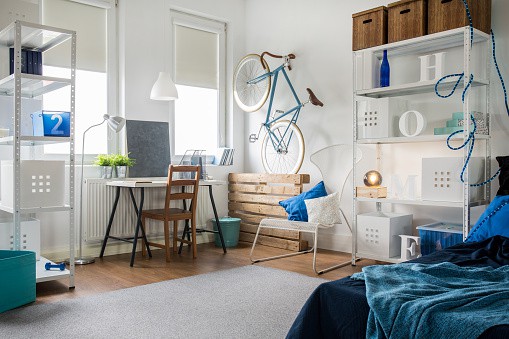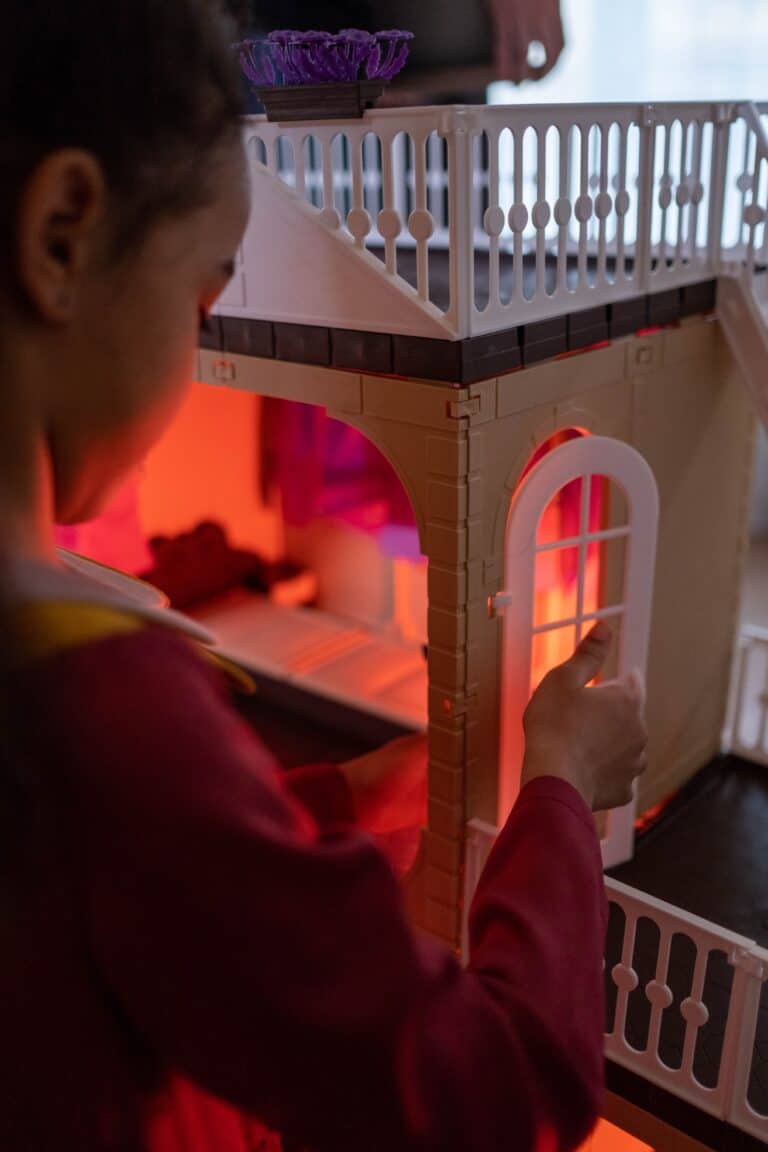Home Remodeling Mistakes Couples Should Avoid: A Guide
Home Remodeling Mistakes Couples Should Avoid can turn a dream project into a nightmare.
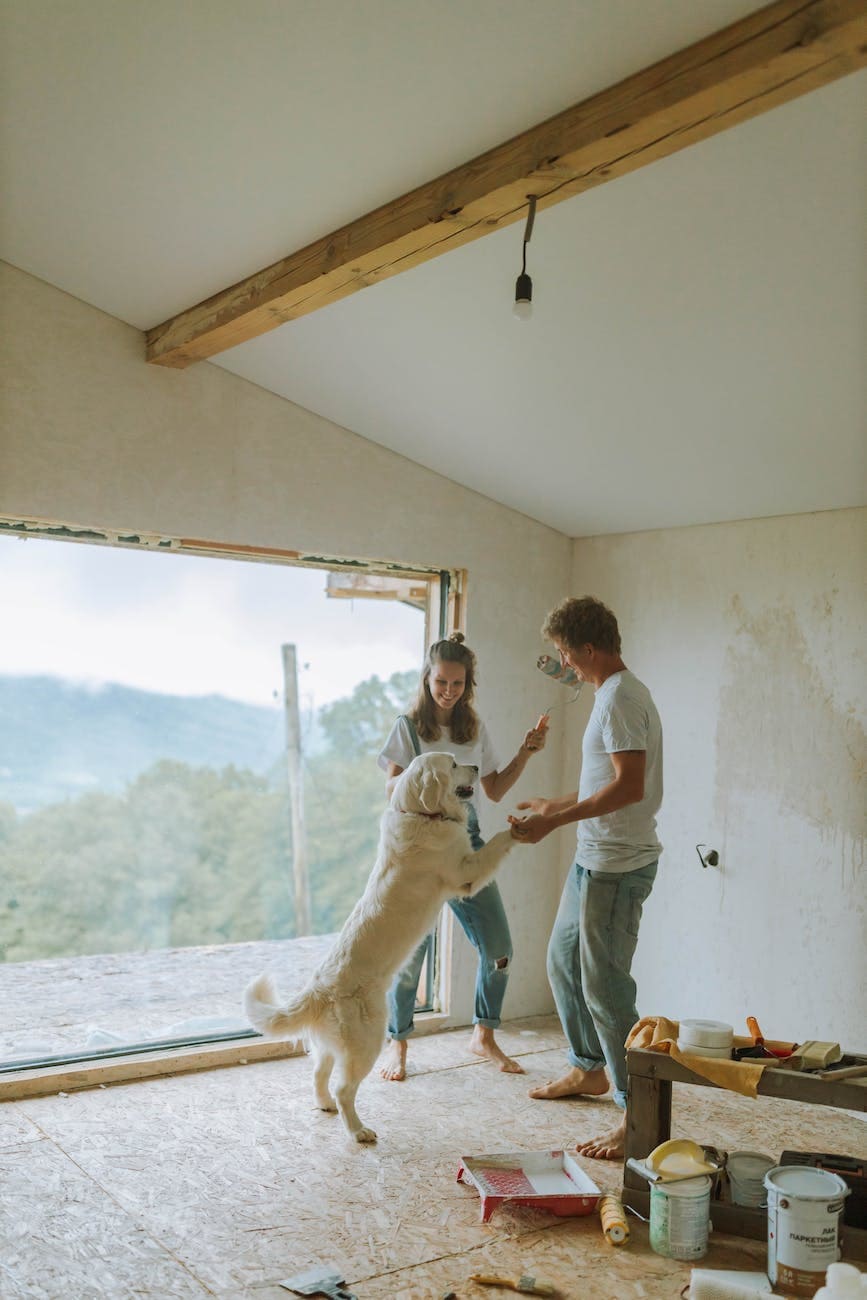
We get it, remodeling your home together is an exciting journey. But without careful planning and execution, things can go south pretty quickly.
You might be picturing that perfect kitchen island or envisioning the coziest reading nook in your revamped living room. However, one wrong move could lead to regrettable decisions and unnecessary expenses.
The truth of the matter is… Home Remodeling Mistakes Couples Should Avoid are often common pitfalls that many fall into when they don’t have proper guidance or information at hand. No need to worry – we can help you sidestep any potential home remodeling missteps! This article will help avoid home renovation mistakes. We have made many mistakes, and had we learned these home renovation tips prior to our kitchen remodel and other home remodeling mistakes we have when we started 33 years ago, we could have saved ourselves tons of time and money.
Table of Contents:
- The Importance of Realistic Budgeting in Home Renovations
- Preserving Your Home’s Original Architectural Style
- Prioritizing Function Over Form in Your Remodel
- The Pitfalls of Trendy Choices and Impulse Buying
- Quality Materials and Correct Measurements: Cornerstones of Successful Home Renovations
- Preparing for Your Home Renovation Project
- Selecting Right Professionals For Your Home Renovation Project
- Financing Your Home Renovation Projects
- Avoid Neglecting Curb Appeal Landscaping In Your Renovation Plans
- FAQs in Relation to Home Remodeling Mistakes Couples Should Avoid
- Conclusion
The Importance of Realistic Budgeting in Home Renovations
Creating a practical budget is an indispensable beginning when it comes to home renovations. However, this task can be challenging for many couples due to common renovation mistakes such as underestimating costs or failing to account for unexpected expenses.

In other words, having a comprehensive understanding of all potential costs involved in your major interior remodeling job will allow you more control over the process and reduce any unwelcome surprises down the line.
Avoid Unrealistic Expectations Remodeling With Proper Planning
To steer clear of unrealistic expectations when planning out your renovation work; consider building up an additional 20% on top of estimated cost figures. This extra cushion could come in handy should there arise unforeseen circumstances requiring immediate attention during the execution phase.

- Meticulous Estimation: Gather detailed estimates about labor charges, material costs, permit fees, etc., from multiple contractors before starting with actual work.
- Create A Contingency Fund: Keep aside around 20% above the total estimated cost serving as an emergency fund just in case something goes wrong unexpectedly needing an instant monetary solution.
- Prioritize Needs Over Wants: While we may have several dream designs ideas our hearts desire, sometimes they might not fit into the current budgets available. Hence, prioritizing needs over wants becomes important, ensuring smooth completion without causing undue financial strain unnecessarily.
Funding Your Home Improvement Projects Effectively
Your choice regarding financing options plays a crucial role in determining the overall success or failure of planned improvement projects, especially if those involve significant expenditures like kitchen remodels, bathroom upgrades, etc. Therefore, exploring various avenues including traditional loans, personal savings, and even crowdfunding platforms depending upon individual requirements and preferences proves beneficial in the long run, avoiding unnecessary debt accumulation while still being able to fulfill desired changes within a stipulated time frame.
Related: Budget-Friendly Ideas for Your Fixer-Upper

This strategy does not merely ensure smoother execution of proposed plans, reducing chances of last-minute hiccups owing to a lack of funds, but also helps increase the house’s resale value post-renovation, thus proving a win-win situation for homeowners in every sense of the term.
When planning home renovations, set a realistic budget to avoid underestimating costs. Include an extra 20% for unexpected expenses and prioritize needs over wants. Explore various financing options to prevent unnecessary debt and increase the house’s resale value post-renovation.
Preserving Your Home’s Original Architectural Style
A major interior remodeling job should respect and preserve your home’s original architectural style. Not only does this approach ensure aesthetic consistency, but it also helps maintain the structural integrity of your property and can even enhance its resale value.
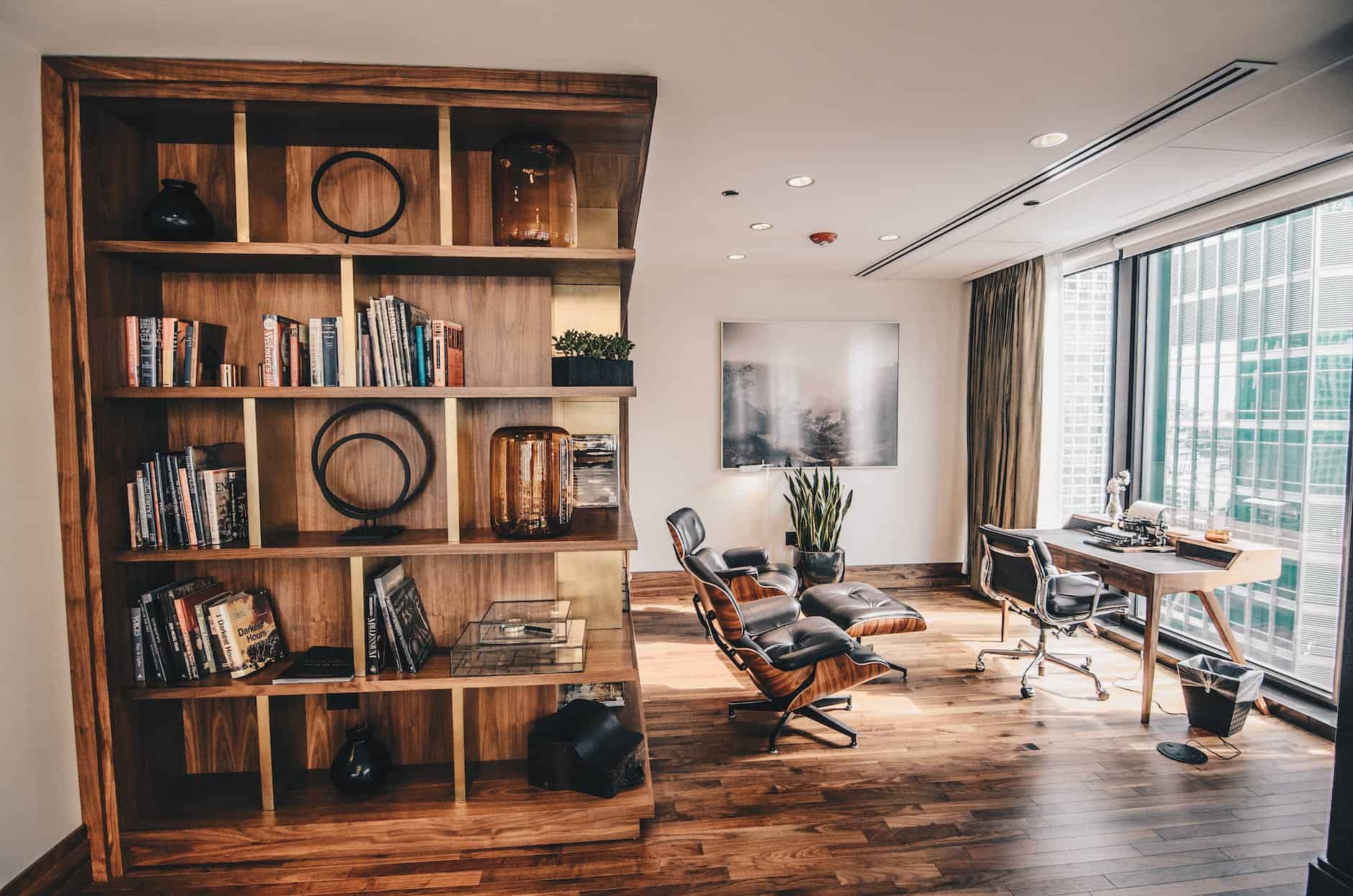
In other words, if an ultra-modern kitchen is added to a Victorian-style house without considering compatibility between styles, it may not just look out of place but might create functional issues like improper flow between rooms or difficulties integrating modern plumbing into older frameworks.
The Impact on Resale Value
Another home remodeling mistake couples should avoid is not trying to preserve original architectural elements in a renovation project. Preserving the architectural elements can significantly boost market appeal as well as overall valuation for potential buyers who appreciate homes where updates seamlessly blend with their historic character offering modern comforts while maintaining unique period details.
However, haphazardly planned projects ignoring these aspects often disrupt harmony and coherence in design resulting in decreased interest from prospective homeowners. Therefore, proper planning and careful execution are key to a successful and profitable makeover.
Balancing Modern Trends With Traditional Styles
It’s easy to get carried away by the latest trends and forget about the importance of matching our choices with the existing structure. However, a good balance of old and new is always advisable, especially when working with classic buildings, whether they be colonial houses or mid-century modern residences.

This doesn’t mean all changes need to strictly adhere to historical accuracy; rather, aim at creating a harmonious coexistence of contemporary amenities and traditional charm, ensuring both comfort and preservation of aesthetic appeal intact throughout the process.
Hiring Professionals Who Understand Your Home’s Architecture

If you’re unsure how best to preserve architectural integrity while undertaking improvements, consider hiring professionals who specialize in certain types of structures, such as architects and designers. They have a trained eye for spotting potential pitfalls early in the planning stages and can make recommendations to ensure the final result is a harmonious and cohesive addition to the existing space.
Keep your home’s original architectural style in mind when remodeling to maintain aesthetic consistency and structural integrity. Balancing modern trends with traditional styles can enhance resale value, but haphazard projects can deter potential buyers. If unsure, hire professionals who understand your home’s architecture.
Prioritizing Function Over Form in Your Remodel
One of the common home renovation mistakes that couples often fall into is prioritizing aesthetics over functionality. While looks are important, it shouldn’t take precedence over usefulness and practicality.
For those who love cooking, investing in a kitchen with ample storage space can enhance the culinary experience. Similarly, an open floor plan might be more suitable for families who enjoy spending time together in shared spaces.
The Role of Lighting in Functional Design
Neglecting lighting during renovation planning can lead to poorly lit spaces that are neither inviting nor usable. A carefully thought-out lighting plan can drastically transform your living environment by creating different moods and highlighting architectural features.
- Ambient light provides overall illumination for safety and navigation,
- Task lights focus on specific areas like reading nooks or kitchen counters where detailed tasks are performed,
- Accent lights highlight artwork or architectural details adding depth and dimension to rooms.
Beyond Layering: The Importance Of Natural Light In Home Renovations
In addition to layering artificial light sources effectively throughout various parts within each room, there’s also great value in harnessing natural sunlight whenever possible. Not only does this brighten up any given area making feel more welcoming but helps save energy costs significantly too.
To make the most out of available daylight keep window treatments minimalistic allowing maximum penetration yet providing necessary privacy when needed. Also, consider installing dimmer switches to give control over intensity according to temperature/time changes throughout the day enhancing comfort levels considerably.
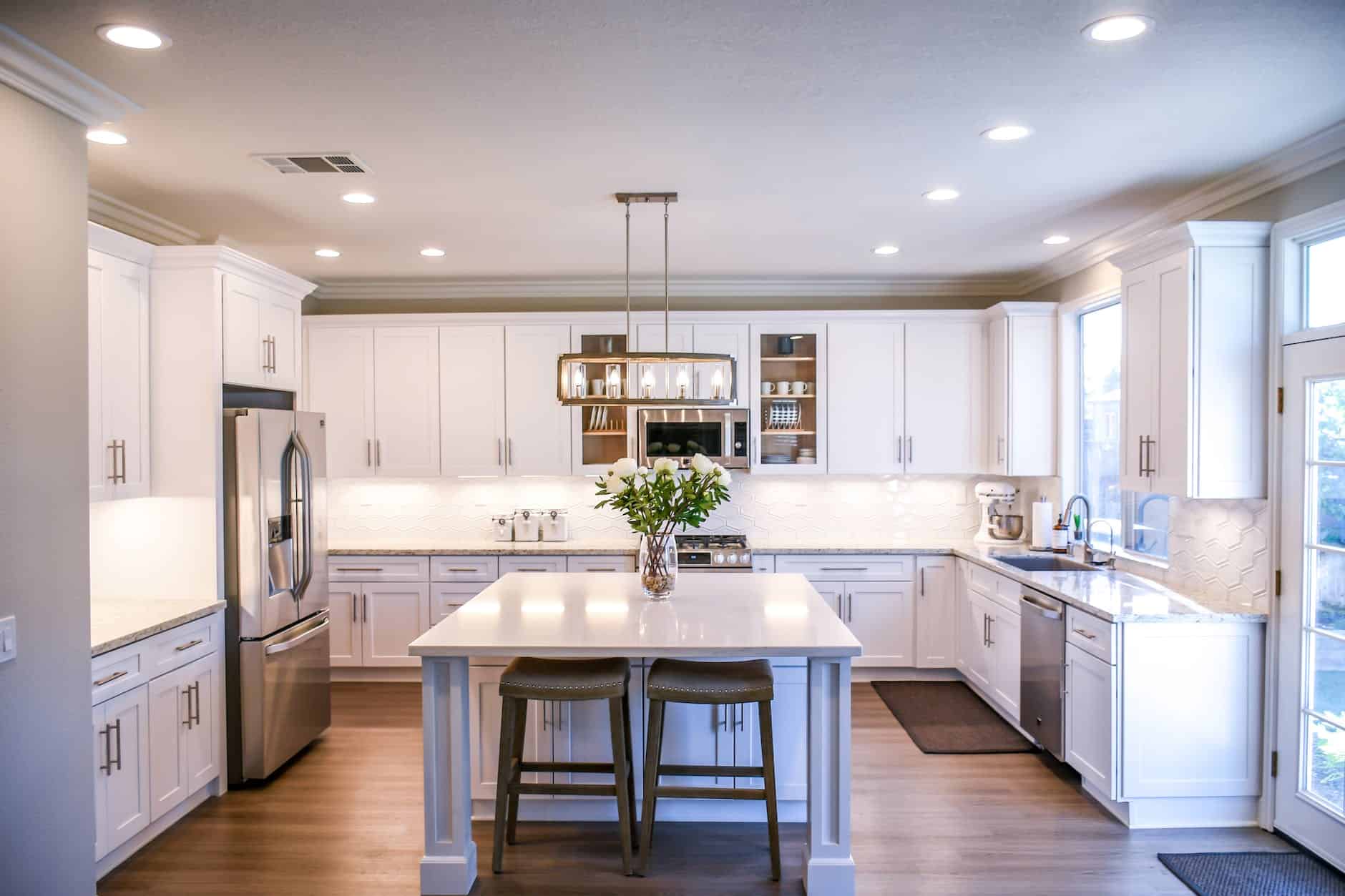
While designing room layouts ensure furniture placement doesn’t obstruct pathways preventing free movement around the house and causing inconvenience and frustration, especially in smaller homes/apartments.
Remember successful interior design harmonious blend of beauty and usability hence striking the right balance key to avoiding regret in later stages ensuring satisfaction with the completed remodel project ultimately contributing happier healthier living environment in future years come
Don’t let the dazzle of aesthetics distract from practicality when remodeling your home. Prioritize function and form, consider lighting’s pivotal role in creating mood and usability, harness natural light to save energy costs, ensure free movement with smart furniture placement, and strike a balance between beauty and utility for long-term satisfaction.
The Pitfalls of Trendy Choices and Impulse Buying
Home renovations can be thrilling, yet they additionally present a distinct set of difficulties. One such challenge is the temptation to follow current trends or make impulse purchases without considering their long-term impact on your home’s design.

Here are some key points to consider when making decisions for your renovation project:
Maintaining Timeless Design Over Trends
In the world of interior remodeling, what’s trendy today may not be tomorrow. It’s crucial that you research different styles before settling on one for your remodel project. Instead of going with what’s currently in vogue, look at timeless designs that have stood the test of time because good design lasts forever.
To avoid common home renovation mistakes like a poor fit due to impulsive buying decisions based on trends rather than functionality and style considerations, it would serve you well to consider how changes might affect future use as well as resale value.
Avoiding Impulse Purchases During Renovations
Purchasing items impulsively during a major interior remodeling job can lead to regret later down the line, especially if these items don’t align with other elements in your house or go out of style quickly after purchase.
- Create detailed floor plans: Before starting any work, create detailed floor plans that will help visualize the final outcome and measure exactly how much furniture and decor pieces would fit comfortably inside finished spaces, avoiding overcrowding issues post-completion. This will prevent unnecessary wastage of resources and additional expenses incurred towards replacements required subsequently due to incorrect sizing errors made initially while purchasing materials blindly following popular trends instead of focusing on practical aspects. Keeping longevity in mind throughout the entire course of action will result in the successful implementation of all originally conceived ideas, ensuring ultimate satisfaction for the occupants.
- Think Long-Term: Always keep an eye on sustainability, both environmental and stylistic, when choosing materials for DIY home renovation projects.
- Evaluate Your Space: Take into account existing architectural features within the space being renovated so that new additions complement the original layout seamlessly without disrupting the overall flow and movement around rooms. This will provide a smooth transition between old sections and
When it comes to home remodeling, don’t let the allure of trends and impulse purchases lead you astray. Instead, focus on timeless designs and consider long-term functionality for a satisfying result. Always plan ahead with detailed floor plans and keep sustainability in mind.
Quality Materials and Correct Measurements: Cornerstones of Successful Home Renovations
The journey to a finished home remodel is filled with important decisions, two of the most crucial being the selection of quality materials and ensuring correct measurements. In this vein, renowned interior remodeling contractors often remind homeowners about the long-term benefits that come from investing in high-quality items over cheaper alternatives.

This principle holds true across all aspects of your renovation work, whether it’s choosing paint resistant to wear or selecting flooring options during home improvement projects.
Flooring Considerations in Home Renovations
Durable yet stylish choices such as hardwood or tile not only add aesthetic appeal but also increase your property’s value significantly. The importance extends beyond just material choice; ordering extra flooring is essential due to installation wastage and potential defects discovered after purchase. Here is some more information on different types of hardwood floors along with their pros and cons.
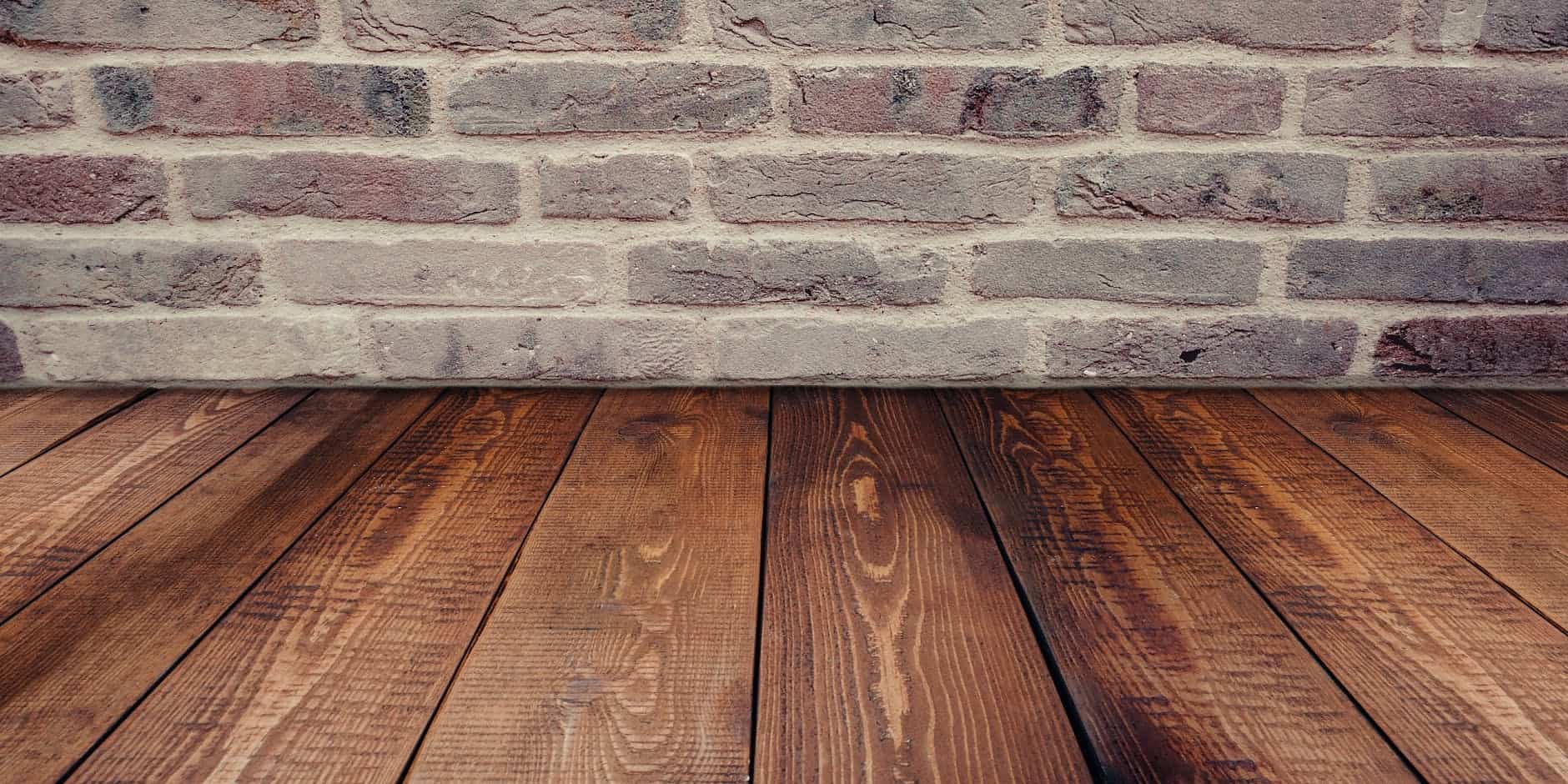
Moreover, precise calculations form another cornerstone for every successful renovation project by making sure everything fits perfectly within its designated space.
Misjudgments regarding dimensions could lead to costly errors causing poor fits requiring adjustments later on which wastes both time & resources unnecessarily.
Personal Story: Nathan and I purchase an entertainment center that we absolutely loved thinking that it would fit perfectly in our family room. The piece was brought home, and we were excited to enjoy it immediately. Well, the entertainment center was 2 inches too big for the location we had chosen. The solution was to take the casing off the wall we used to beautifully frame the wall. It fit like a glove, but if we measured it first, we wouldn’t have made that costly mistake.
Waiting until structural changes have been finalized and making sure you measure spaces properly before purchasing furniture pieces helps prevent buying items too large or small relative to newly created spaces post-renovation work.
Safety Measures During DIY Home Renovations
In addition, safety measures should never be compromised even if means waiting a little longer to add those finishing touches. This includes wearing protective clothing whenever necessary alongside keeping first aid kits handy at all timesThe CDC provides comprehensive guidelines on maintaining safety standards during construction activities around homes.
To summarize, invest wisely in quality materials and adhere strictly to correct measurements throughout each phase remodeling process one not only avoids common mistakes but paves the way for creating dream living spaces worth cherishing forever.
Don’t skimp on quality materials and precise measurements when remodeling your home. These two elements are the bedrock of a successful renovation. Also, don’t rush to buy furniture until structural changes are finalized, and never compromise safety for speed.
Preparing for Your Home Renovation Project
With proper planning and preparation, it is possible to steer clear of the typical errors that occur during home renovation projects. Let’s dive into some essential steps you should take before starting your major interior remodeling job.
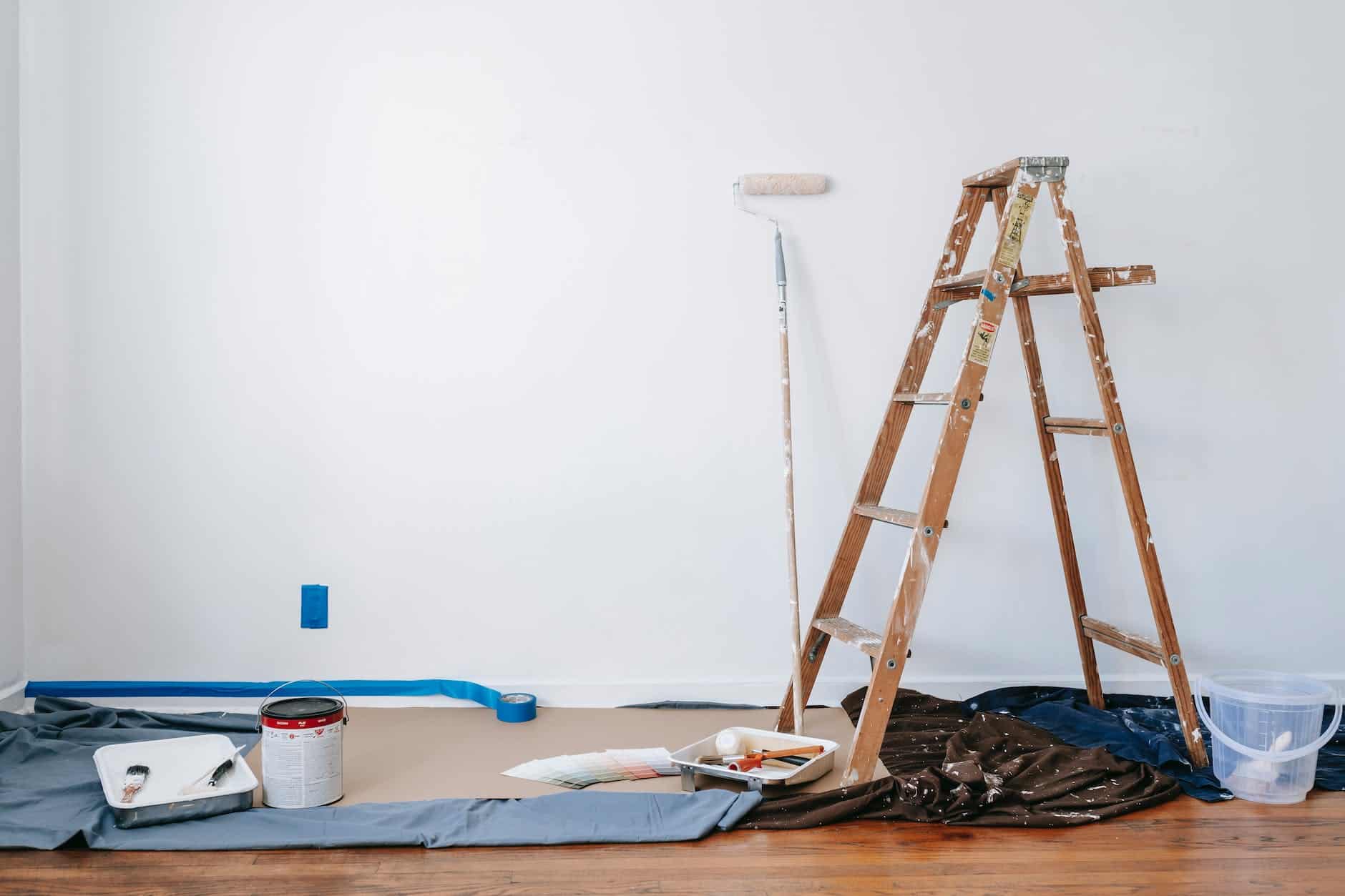
1. Priming Walls Before Painting
The first step in any successful painting project is priming your walls. This process not only ensures that paint adheres properly but also helps hide stains or imperfections on the wall surface. Bob Vila provides excellent tips about why primer is crucial and how to use it effectively.
2. Address Structural Issues Pre-Re-flooring
Prior to installing new flooring, inspect for uneven surfaces or cracks that need attention. Overlooking these issues could lead to problems like buckling tiles or squeaky wooden floors down the line – affecting both function and aesthetics of your finished home remodel.
Safety Measures During DIY Home Renovations
Tackling DIY projects during renovation work might seem cost-effective initially; however, safety risks and neglecting them could result in physical harm – an expense no homeowner wants.
- Dress appropriately: Wearing protective clothing suitable for each specific task reduces the chances of injuries significantly.
- Maintain First Aid Kit: Keeping a well-stocked first aid kit on hand will help address minor accidents promptly, preventing them from escalating.
- Familiarize yourself with permits & regulations: Depending upon where you live, certain types of construction work require specific permits issued by local authorities. SBA Guide On Licenses & Permits. Not only does obtaining necessary permissions ensure legality but also guarantees adherence to building codes designed primarily around safety standards.
In essence, preparing adequately prior to embarking on the renovation journey paves the way smooth execution of desired results without compromising quality outcomes.
Don’t dive into home renovations without proper prep. Priming walls before painting and addressing structural issues pre-re-flooring can save you from future headaches. Safety is key in DIY projects – dress right, keep a first aid kit handy, and know your permits.
Selecting Right Professionals For Your Home Renovation Project
Home renovation projects require more than just a vision they demand the right team of professionals to turn that dream into reality. Choosing the right professionals for your home renovation project can be challenging.
In essence, it’s not only about hiring people who know their craft but also those who understand your unique needs and expectations for this major interior remodeling job.

The Significance of Professional Consultation
Hiring architects or designers early in the game can save you from many common home renovation mistakes down the line. These experts have an eye for detail and are trained to spot potential issues even before they surface saving both time and money on unnecessary repairs later on.
- An architect will ensure that any additions don’t disrupt your house’s original architectural style,
- A designer will help create spaces where good design lasts forever while avoiding causing poor fits with existing structures,
- Together they’ll guide you through making plans functional & efficient ensuring maximum utilization of available space within set budgets.
Finding Trustworthy Contractors: A Crucial Step Towards Successful Remodeling Job
Your contractor plays a pivotal role during renovation work – executing designs provided by other hired professionals like architects/designers thus necessitating careful selection based on credentials & professional reputation among others.
Interview multiple candidates using resources such as the Better Business Bureau and the National Association Of Remodeling Industry (NARI) to help assess competence levels across various parameters including past performance records too which significantly impact overall outcomes achieved post-completion thereby positively affecting resale value if done correctly.
Gut Feeling Matters Too.
Beyond technical skills & professional accolades, there exists another important factor often overlooked when choosing contractors i.e., gut feeling. After all these individuals would be working inside personal spaces possibly over extended periods hence compatibility becomes key towards maintaining harmonious relationships throughout the duration leading up to successful completion without undue stressors cropping up midway disrupting smooth flow otherwise planned meticulously since the inception stage itself here at very beginning phase being discussed herein today…
Always trust instincts when finalizing decisions related hereto because end results ultimately depend heavily upon initial choices made starting right here selecting appropriate team members instrumental in achieving
Choosing the right professionals for your home renovation isn’t just about their skills, but also how well they understand your vision. Trusting experts like architects and designers early on can prevent costly mistakes. Don’t overlook the importance of a trustworthy contractor and remember, gut feelings matter too.
Financing Your Home Renovation Projects
When tackling house renovation jobs, it’s important to be aware of the financing possibilities. The decision you make can impact your homeowner’s insurance policy post-renovation work.

A popular choice for many is securing a home improvement loan. These come in various forms such as personal loans and refinances with cash-out options, each having its unique advantages and drawbacks that need careful consideration.
If you’ve been diligent about saving up over time, using savings might be another viable option. However, this means those funds won’t be accessible for other uses like emergencies or retirement plans which should factor into your decision-making process.
Impact On Resale Value Of House After Major Interior Remodeling Job
The financial implications of renovation extend beyond just immediate costs – they also have potential long-term effects on property value after major interior remodeling jobs are completed.

An intelligently planned remodel can significantly increase your house’s resale value but remember not all renovations yield high returns on investment (ROI). For instance, exterior improvements often offer higher ROI than interior ones due to their positive effect on curb appeal which buyers consider important when purchasing homes. So prioritize changes likely to boost resale values, such as kitchen upgrades, and adding additional bathrooms, instead of purely cosmetic alterations like expensive light fixtures or custom cabinetry.
- Safeguarding Investment With Insurance Adjustments
Your homeowner’s insurance policy needs to reflect any significant changes made during the remodel since these modifications add both value and risk to the property. If you’ve invested heavily in upgrading features within the home, such as renovating kitchens or adding high-end appliances, it may necessitate increasing coverage limits under your homeowners’ insurance. This ensures you are adequately protected against potential losses or incidents like thefts or fires where more valuable items are involved compared to the pre-renovations period. Also, notify your insurer of any structural changes leading to increased replacement costs in case of a total loss scenario, such as disasters like earthquakes or hurricanes, ensuring proper compensation according to the updated valuation. Careful funding methods associated with insurance are vital to successfully navigating the complexities of managing finances throughout the journey and ensuring a solid return
When funding home renovations, consider your options wisely as they can impact insurance policies and future finances. Aim for improvements that boost resale value rather than just aesthetics. Lastly, update your homeowner’s insurance to reflect changes made during the remodel to safeguard against potential losses.
Avoid Neglecting Curb Appeal Landscaping In Your Renovation Plans
When planning a major interior remodeling job, it’s easy to overlook the exterior of your home. However, curb appeal landscaping is an integral part of any renovation project.

The outside view sets the tone for what potential buyers or visitors can expect inside. A well-kept and appealing landscape significantly boosts your house’s resale value while neglecting this aspect could deter prospective purchasers.
Tips To Enhance Curb Appeal Of House Post-Renovation Work
To ensure you don’t fall into such common home renovations mistakes, here are some practical tips on how to improve curb appeal post-renovation:
- Lawn Maintenance: Your lawn should be regularly mowed and watered as overgrown grass or dry patches may give off an unkempt appearance.
- Add Outdoor Lighting: Outdoor lighting not only provides safety during nighttime but also highlights key features of your property when strategically placed.
In addition to these basic steps, consider hiring professional landscapers if the budget permits. They possess expertise in designing landscapes that enhance both functionality & beauty aligning with architectural style and adding considerable value during resales. HouseLogic suggests professionals understand plant growth patterns ensuring they do not obstruct views from windows nor crowd pathways years down the line making the investment worthwhile long term basis.
Remember – just like interiors, even exteriors require maintenance post-renovations keeping them looking their best all year round.
So next time when planning a major interior remodeling job, do not forget about incorporating plans for upgrading exteriors too because good design lasts forever inside out.
In conclusion: Don’t let unrealistic expectations ruin your remodel experience. With careful preparation and clear communication between couples (and potentially a contractor), many common pitfalls can be avoided so you end up with a finished product that brings joy instead of headaches.
And remember – whether tackling DIY projects yourself or enlisting help from experts, always make sure work complies with local building codes regulations avoiding future issues affecting overall satisfaction final outcome along increasing chances of higher returns upon selling the house someday.
Don’t let your home’s exterior become an afterthought in a remodel. Boost curb appeal with regular lawn maintenance, strategic outdoor lighting, and professional landscaping if budget allows. Remember: A well-designed exterior not only impresses visitors but also increases resale value.
FAQs in Relation to Home Remodeling Mistakes Couples Should Avoid
What not to forget when renovating a house?
Remember to set a realistic budget, preserve your home’s original architectural style, prioritize function over form, and avoid trendy choices and impulse buying. Also, ensure using quality materials and take correct measurements.
How to survive a home renovation without destroying your marriage?
Maintain open communication about expectations and budgets. Make decisions together and respect each other’s opinions. Take breaks from the project when needed for stress relief.
Why do couples fight during renovations?
Couples often argue due to disagreements on design choices or overspending. Stress from unexpected issues or delays can also cause conflict.
How do you survive a renovation marriage?
Avoid arguments by setting clear goals, creating an agreed-upon budget, making joint decisions on major aspects of the remodel, and maintaining patience throughout the process.
Conclusion
Home remodeling is an exciting yet challenging journey for couples.
The thrill of creating a space together can be overshadowed by common pitfalls if not carefully planned and executed.
From setting realistic budgets to preserving your home’s original architectural style, there’s much to consider.
Prioritizing function over form ensures the longevity of your remodels while avoiding trendy choices prevents future regrets.
Quality materials are key, as are accurate measurements and thorough preparation before starting any work.
Hiring professionals can save you from potential headaches down the line.
Curb appeal matters too – don’t forget about landscaping in your renovation plans!
If all this seems overwhelming, remember that help is at hand with Mox And Company! We can help you navigate the process of renovating, remodeling, and investing in the property while ensuring that each step is enjoyable. Click here to start making those dream renovations a reality today!



